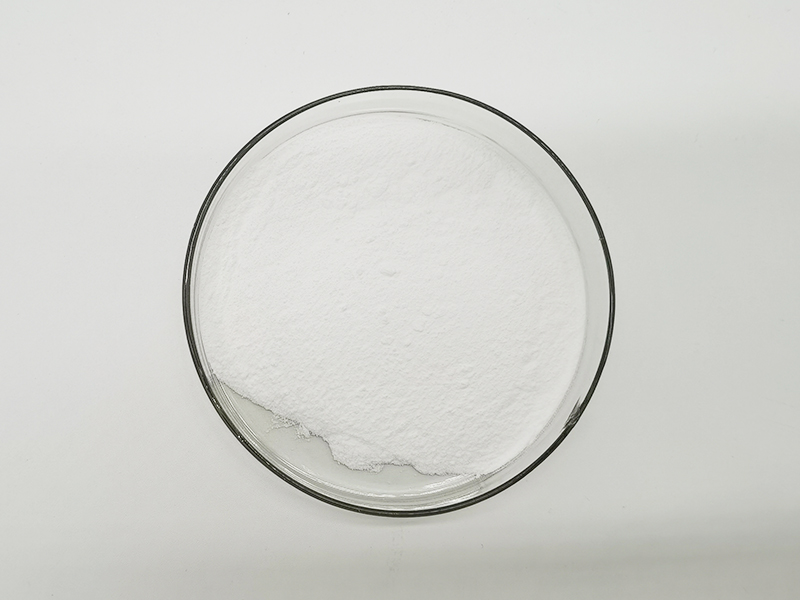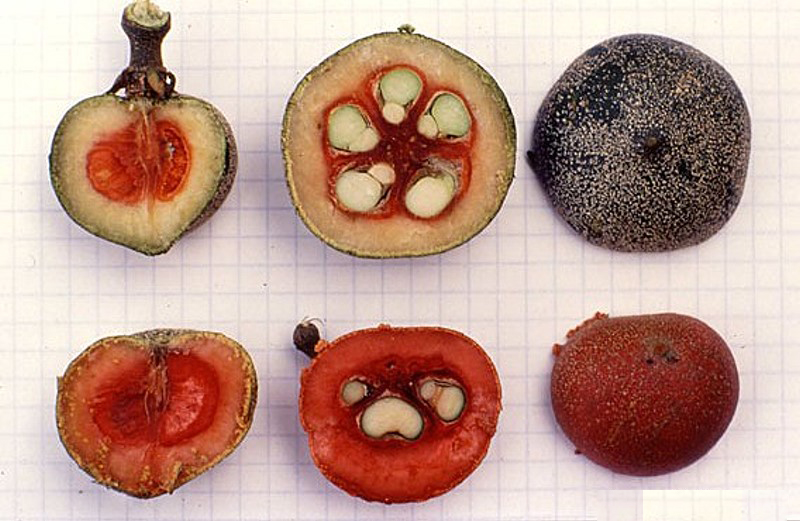Brazzein is a sweet protein that was isolated from the fruit of the West African climbing plant Oubli (Pentadiplandra brazzeana Baillon). Along with pentadin, which was discovered in 1989,.On a weight basis, brazzein is 500 times sweeter than sucrose when compared to 10% sucrose solution and 2000 times sweeter when compared to 2% sucrose solution. Its sweet perception is more similar to that of sucrose than that of thaumatin, and it presents a clean sweet taste with a lingering aftertaste. Brazzein is stable over a broad pH range from 2.5 to 8 and is heat stable at 80 °C for 4 h.84.
Brazzein is a heat-stable, water-soluble, nutritive sweetener, while monellin has a more complex structure and is more sensitive to heat. Despite numerous publications on their structural configurations and modifications, a systematic study of their safety has yet to be conducted. Monellin and brazzein, artificial small-molecule sweeteners, have been widely used to replace sugar in food due to their high sweetness and potential health benefits. Sweet-tasting proteins abundant in tropical plants offer advantages over sugar, such as avoiding obesity, cardiovascular disease risk, and dental issues.

Basic Information of Brazzein
Source: Pentadiplandra Brazzeana Baillon
Assay: 98%
Usage: Sweetening Agent
Appearance: White Fine Powder

What is the advantage of Brazzein compare with other sweeteners?
Brazzein is a small heat- and pH-stable sweet-tasting protein isolated from the West African plant, Pentadiplandra brazzeana. Brazzein combines a highly sweet potency, a long history of human consumption, and a remarkable stability, giving it great potential as a natural sweetener. Due to the difficulties of obtaining brazzein from its natural source, several efforts have been made to express brazzein using various heterologous expression systems. This chapter describes the biochemical, structural, sensory, and physiological properties of brazzein. We will summarize the current knowledge of the structure-activity relationship of brazzein. The biotechnological production of brazzein using various expression systems will also be reviewed. Furthermore, the emerging application of brazzein in the food industry to replace traditional sugars by acting as a natural, good, low-calorie sweetener will be discussed.
